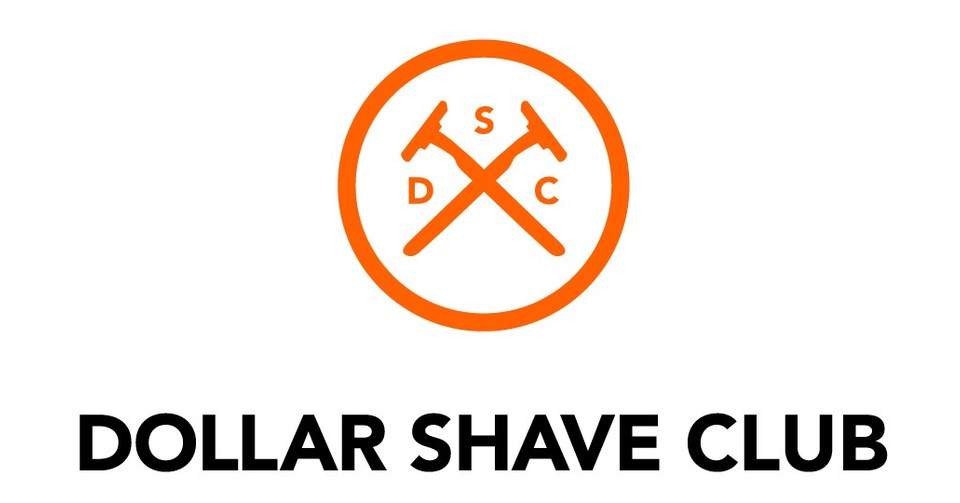
When determining how to make a brand’s marketing tactics more successful, businesses are often told to create campaigns that will appeal specifically to their “target audience.” What exactly is a target audience, and how does a brand determine who they are selling to, and what consumers they could potentially be selling to? Read on to learn about how businesses can determine their consumer audience, improve marketing tactics, and appeal to specific consumers.
A brand’s target audience includes all of the consumers they are trying to reach and engage with their marketing campaigns. Consumers that businesses should target may include a wide range of demographics, ages, genders, socioeconomic status, etc. A company should market toward consumers that have goals, interests, and purchasing capabilities that align with the company’s product or service offerings.
Unique, tailored content created specifically to appeal to the audience’s goals and interests has the potential to boost a brand’s success and sales.
To learn about your business’ audience:
- Gather Information on the Existing Audience
When determining your brand’s target market, start by tracking sales data related to individual customers. Gathering this information can include tactics such as talking to a business’ salespeople about trends they have observed in customers, or implementing a data-based survey after sales calls that gives a business an understanding of their current customer base.
- Identify New Targets
Once a company establishes who their target audience consists of, they can move on to attracting new customers. Customer groups that may be interested in a business can be determined based on their demographics, interests, needs, wants, and budgets that align with your company’s product or service. By directing company marketing efforts toward people that need, want, or can afford a product, it is more likely a customer will view content and make a purchasing decision.
- Follow Trends & Distinguish Brand from Competition
Brands that stand out from their competition appeal to their consumer base with marketing tactics that differ from the industry competition. Keep in mind that trends, such as social media and technology, can impact marketing tactics. Leveraging current trends can help your business determine how to market to its target audience successfully.
If your company in the medical distribution and sales industry could benefit from implementing marketing tactics that are specifically designed to capture the attention of your brand’s target audience, Share Moving Media can assist you. With over 30 years of experience in the medical supply chain industry, our team can help your company create content for marketing campaigns that capture your audience’s attention and boost sales. For more information or to set up a brief session to discuss the needs of your business, please contact Scott Adams at sadams@sharemovingmedia.com.



